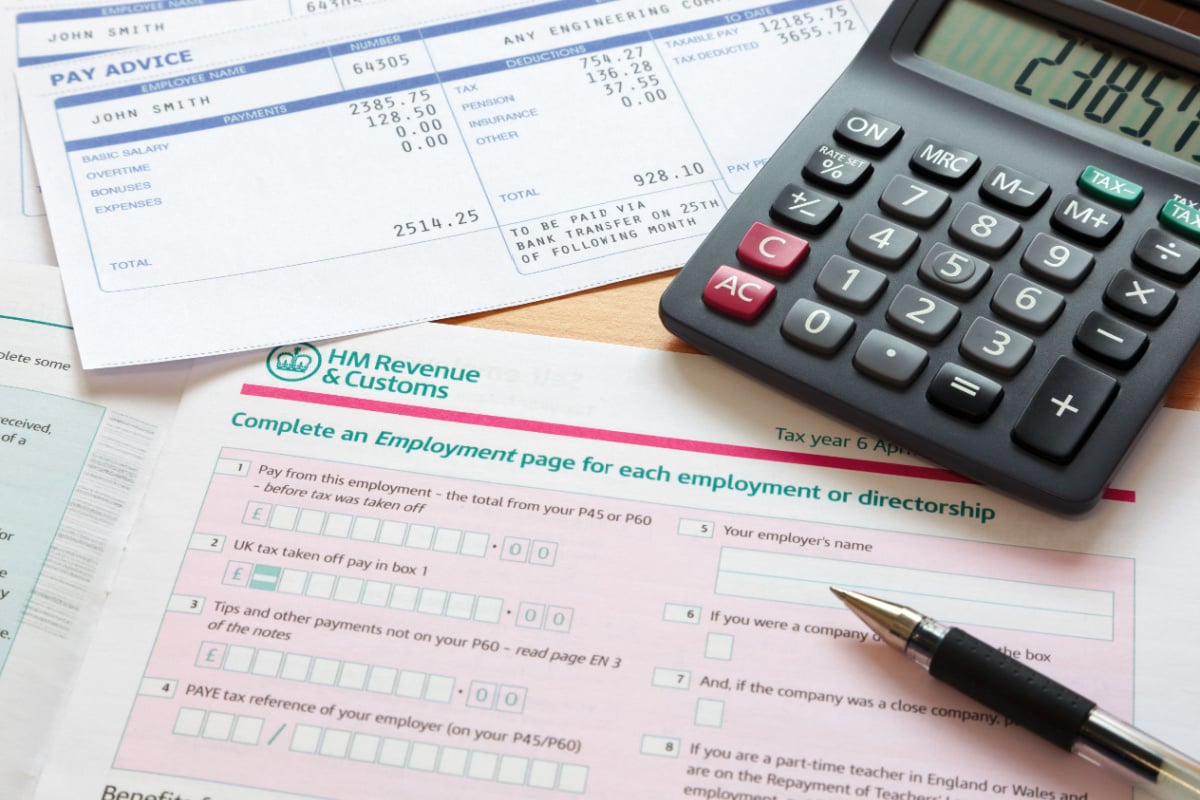SEIS and EIS Advance Assurance Explained
EIS (Enterprise Investment Scheme) and SEIS (Seed Enterprise Investment Scheme) advance assurances are tools that make startups more appealing to investors.
These schemes offer tax relief to UK investors, making it easier for them to invest in early-stage companies. Without these tax reliefs, investing in startups can be riskier, as investors are typically drawn in by tax incentives like income tax relief (30% for EIS and 50% for SEIS) and capital gains tax relief. One key benefit is the SEIS and EIS loss relief, which can reduce the potential loss to just 38.5% in the event the investment does turn out as planned, rather than losing the entire investment.
These advantages make securing SEIS and EIS advance assurance fairly important for startups—especially those leveraging cutting-edge technology and fostering innovation—to attract robust financial backing for sustainable growth.
In this guide, we'll go over SEIS & EIS advance assurance for both investors as well as startups looking to receive investment:
- EIS advance assurance: for investors
- SEIS advance assurance: for investors
- For Startups: How to Secure EIS and SEIS Advance Assurance
EIS/SEIS Advance Assurance FAQ
EIS advance assurance: for investors
EIS advance assurance is granted by HMRC for the company you’re investing in. When a company secures advance assurance, it receives a letter from HMRC stating that, based on the information provided, it appears to qualify for the EIS scheme. However, this is not a guarantee that individual investments will qualify for tax relief, although in the majority of cases, it does.
Once shares are issued, the company must submit a compliance statement (EIS1 form) to HMRC for approval. If approved, investors will receive an EIS3 certificate, which they can use to claim EIS tax relief. This process ensures that the investment meets HMRC’s criteria at the time of investment, but investors should be aware that any changes in the company’s circumstances could affect eligibility.
If the company has already received advance assurance for previous funding rounds, it’s unlikely they’ll need to apply again. It’s assumed that the company will remain eligible as long as it meets the EIS eligibility criteria. Your share provider should reassure you about this.
Access: Free Guide to the Enterprise Investment Scheme
SEIS advance assurance: for investors
SEIS advance assurance works similarly to EIS but is typically more important, as SEIS applies to early-stage, higher-risk companies. While the tax reliefs differ slightly, they are generally more generous than those under EIS. For example, SEIS offers 50% income tax relief compared to EIS’s 30%.
This SEIS is an attractive option not only because of the tax breaks but also due to its ability to support startups that are experimenting with innovative technologies, often attracting financial backing from investors involved in multiple venture capital schemes.
Access: Free Guide to the Seed Enterprise Investment Scheme
For Startups: How to Secure EIS and SEIS Advance Assurance
To apply for EIS advance assurance, businesses must use the GOV.UK website or work with third-party organisations that support applications. At this stage, including a detailed compliance statement is crucial to demonstrate adherence to all regulatory requirements demanded by HMRC.
It's worth noting that the process for SEIS advance assurance is usually faster, as the EIS application that typically involves a more detailed review and another compliance statement may be required.
What Documents and Information Are Required?
- Company trading start date: You need to determine when your company began trading. Trading is generally defined as "undertaking activities with a view to a profit." HMRC uses the analogy that if you have products on a shelf and you can turn the sign to "open," you are trading.
- Previous SEIS investments: Provide details of any prior SEIS investment rounds.
- Potential investor details: This eliminates non-serious applications. While the listed investor isn’t obligated to invest, they must be a genuine potential investor.
- Risk to Capital condition: Your company must demonstrate objectives to grow and develop long-term, with a significant risk that investors stand to lose more than they gain.
- Bank statements: If applicable, submit recent copies of bank statements or accounts filed with Companies House.
- Articles of association: Submit the latest articles of association. If you’re using the Model Articles, these don’t need to be submitted.
- Pitch deck: Provide the deck used to present to potential investors, showing necessary information to meet the risk to capital condition.
- Financial models: Include balance sheets and a profit/loss forecast for the next three years, explaining why the investment is required and how it will be used.
- Grants received: If you’ve received any government or university grants, submit details. Ensure you check if the grants are "de minimis" before applying.
EIS/SEIS Advance Assurance FAQ
For Investors
1. Does having EIS or SEIS advance assurance guarantee that I will receive tax relief?
No, advance assurance only confirms that HMRC considers the company eligible for the scheme at the time of application. However, the company must still follow all EIS/SEIS rules, and HMRC will review each investor’s claim individually when they submit their tax return.
2. Can I invest in a company that doesn’t have EIS/SEIS advance assurance?
Yes, but without advance assurance, there’s no guarantee that the investment will qualify for EIS/SEIS tax relief. Some investors prefer to wait until a company secures advance assurance before committing funds. However, if the company has already previously had advance assurance then if the current round is labelled as EIS or SEIS, there should be no issues.
3. How do I check if a company has EIS/SEIS advance assurance?
You can ask the company for confirmation, as they will receive a letter from HMRC upon approval. If investing through a fund or platform, you may ask them for this information also.
For Startup Owners Seeking Investment
1. How long does it take for HMRC to approve advance assurance?
Approval times vary, but applications typically take between 15 and 45 working days. If your application is incomplete or requires further details, the process may take longer. It’s always recommended to liaise directly with HMRC to check the status and ensure that all compliance statement requirements have been met.
2. How early should I apply?
It’s recommended to apply at least two months before reaching out to investors, giving HMRC sufficient time to process your application.
3. Does SEIS/EIS advance assurance expire?
While advance assurance itself doesn’t expire, your company must meet specific criteria to remain eligible. For SEIS, the company must have been trading for less than three years. For EIS, this period extends to seven years. However, if you qualify as a knowledge-intensive company, your first commercial sale must have occurred within the last ten years.
%20(3)%20(2).jpg)








